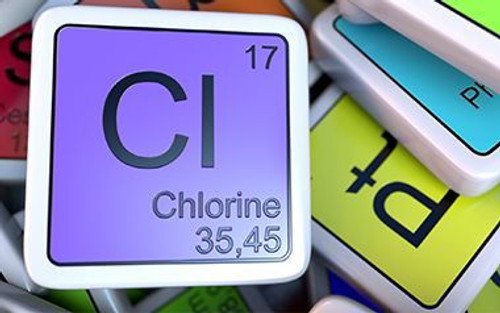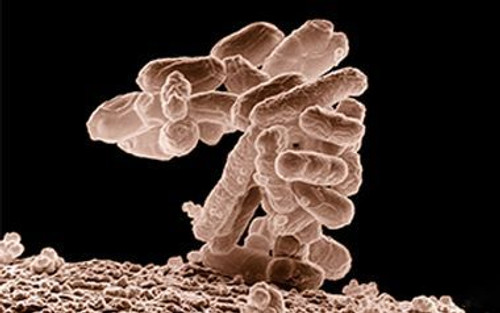Chlorination Process:
The process that makes up the removal of chlorine from water can be achieved in multiple ways. Chlorine itself is a gas which interacts with the organic and inorganic matter present in the water until it dismantles the pathogenic cellular growth pattern; in other words, killing bacterial contaminants. The other forms of disinfecting using chlorine is through hypochlorite. Different types of hypochlorite can also be used like calcium hypochlorite or sodium hypochlorite. These compounds produce HOCl when they interact with water and achieve the same results as chlorine gas. Their chemical reactions are the following:
Calcium Hypochlorite:
Ca(OCl)₂ + 2H₂O -> 2HOCl + Ca(OH)₂
Sodium Hypochlorite:
NaOCl + H₂O -> HOCl + NaOH
Chlorine removal from water is important to reduce the health risks posed by the disinfection process. For applications like drinking water, chlorine removal simultaneously removes the bad taste that chlorine has. To avoid corrosion of equipment and colored water, chlorine that would interact with iron from pipes must be removed.
Recommended Treatment Systems
Activated Carbon Filter
Depending on the chlorine level, an Activated Carbon can be a great solution to removing chlorine. Carbon filters consist of an adsorption process rather than a typical filter membrane which does not require much backwashing. With the different options of coconut, charcoal, and carbon, this filter is the ideal solution to produce drinking water. This solution would ideally be best if there is no proceeding filtration process.
Chemical Dosing System
Dosing dichlorination chemicals that justify the chlorine in the water. Chemical dosing works best to remove chlorine as a pre-treatment for other filtration systems. Dechlorination is the process of removing residual chlorine from water; some dechlorination alternative includes: sulfur dioxide, sodium metabisulfite or sodium bisulfite in addition to the carbon adsorption.
[custom-specifications]
For the past century, chlorine has been used as the primary disinfecting chemical agent. In efforts to combat waterborne diseases like cholera and typhoid, chlorine has been proven to effectively rid of pathogens and other contaminating particles while being cost efficient. However, it has been shown to cause several negative health effects like cancer and leave a foul taste in drinking water. Although chlorine has countered the major issue of disinfecting water, there are negative effects that need to be addressed. Therefore, it is important to remove chlorine from certain water applications to reduce the damage it has on health, equipment, and other filtration processes. An Activated Carbon filter or a Chemical Dosing System are two adequate systems that can help remove chlorine from the water.
[/custom-specifications]
Some Related Projects:
Advantages to Chlorine Removal From Water
- Safe Drinking Water
- Chlorine removal from water
- Pre-Treatment for Ultrafiltration
- Pre-Treatment for Reverse Osmosis Systems
- Removes bad taste
- Beverage industry
- Removes chlorine from disinfected waste water
- Protects aquatic life
- Carbon filtration
- Prevents formation of harmful chlorinated compounds
[/custom-usage]
[/custom-documents]
-
Wonderful learning tool
Very informative!
- Related Project1:
- https://pureaqua.com/twin-alternating-carbon-filtration-150-gpm-usa/
- Related Project2:
- https://pureaqua.com/activated-carbon-filtration-system-80-gpm-oman/
- Related Project3:
- https://pureaqua.com/containerized-filtration-system-216000-gpd-palau/
- Related Project4:
- https://pureaqua.com/manually-operated-activated-carbon-filter-3x-175-gpm-saudi-arabia/
 ENGLISH
ENGLISH ESPAÑOL
ESPAÑOL العربية
العربية PORTUGUÉS
PORTUGUÉS FRANÇAIS
FRANÇAIS













